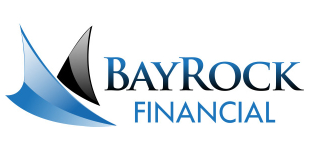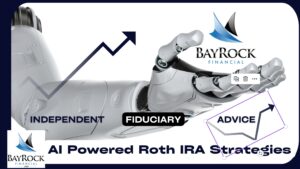Mega Backdoor Roth IRA Contribution
Can I Make A Mega Backdoor Roth IRA Contribution?
In certain cases, you may be eligible to make a Mega Backdoor Roth IRA contribution. At a high level, this involves you making a non-Roth, after-tax contribution to your 401(k), then rolling it out of your 401(k) into a Roth IRA. Under the right circumstances, this can allow you to contribute tens of thousands of dollars into a Roth IRA. However, the rules are very restrictive and prohibitive, and can be difficult to navigate.
To help make the analysis easier, we have created the “Can I Make A Mega Backdoor Roth IRA Contribution?” flowchart. It addresses some of the most common issues that arise for you who is trying to make a Mega Backdoor Roth IRA contribution. This flowchart considers:
-
The maximum amount that can be contributed
-
The impact of the ACP test
-
401(k) plan-specific features providing in-service distributions and/or separate accounts
-
The tax impact upon rollover
-
The step-by-step process to complete this kind of contribution
Download: Can I Make A Mega Backdoor Roth IRA Contribution?
Mega Backdoor Roth IRA – Overview

Mega Backdoor Roth IRA – Start Here

Mega Backdoor Roth IRA – Max Out Company Plan First

Mega Backdoor Roth IRA – 401K Plan Provisions

Mega Backdoor Roth IRA Total Amount of Contribution

What is ACP Test
Actual Deferral & Actual Contribution Percentage Tests (ADP/ACP)
The Actual Deferral Percentage (ADP) and Actual Contribution Percentage (ACP) tests are two tests that companies must conduct to ensure that their 401(k) plans don’t unfairly benefit highly-paid employees at the expense of others.
Companies that offer 401(k) plans must conduct the tests in order to retain the qualified status of their plans under IRS rules and the Employee Retirement Income Security Act (ERISA).
If the plan fails either test, the employer must take corrective action in the 12-month period following the close of the plan year in which the oversight occurred. Failure to do so can result in the IRS imposing pecuniary penalty fees, plan disqualification, and fiduciary liability on the part of the employer.
How ADP and ACP Tests Work
The ADP test compares the average salary deferral percentages of highly compensated employees (HCE) to that of non-highly compensated employees (NHCE). An HCE is any employee who owns more than 5% interest in the company at any time during the current or previous plan year or earned more than $130,000 during the 2020 tax year.
The ADP test takes into account both pre-tax deferrals and after-tax Roth deferrals, but no catch-up contributions, which may be made only by employees age 50 and over. To pass the test, the ADP of the HCE may not exceed the ADP of the NHCE by more than two percentage points. In addition, the combined contributions of all HCEs may not be more than two times the percentage of NHCE contributions.
The ACP test uses a similar method as the ADP test except that it uses matching contributions or employee after-tax contributions.
Correcting an ADP/ACP Test Failure
When employers fail the ADP/ACP tests, they can remedy the failure by refunding excess contributions back to HCEs in the amount necessary to pass the test. However, these refunds will be liable for income tax for the HCE individuals.
Some companies set buffer zones within their plan documents to steer plans away from potentially failing the ADP/ACP test in the first place. One option is setting a cap on contributions by HCEs. Another option is to place a contribution limit on HCEs at the point where the plan would fail an ADP/ACP test. Setting plan buffer zones may require employers to conduct ADP/ACP test projections, typically in the middle of the plan year, to determine if any restrictions need to be applied.
Still, some companies use a Safe Harbor 401(k) plan to avoid the ADP/ACP test entirely.
What Is a Safe Harbor Plan?
Safe Harbor 401(k) plans allow sponsors to bypass ADP/ACP and other non-discrimination testing in exchange for providing eligible matching or nonelective contributions on behalf of their employees.
To qualify for Safe Harbor, a company must provide a basic match, such as a 100% match on the first 3% of deferred compensation and a 50% match on deferrals of 3% to 5%. They may also provide each employee with a nonelective contribution of at least 3% of compensation, regardless of how much the employee contributes or if they contribute at all.





